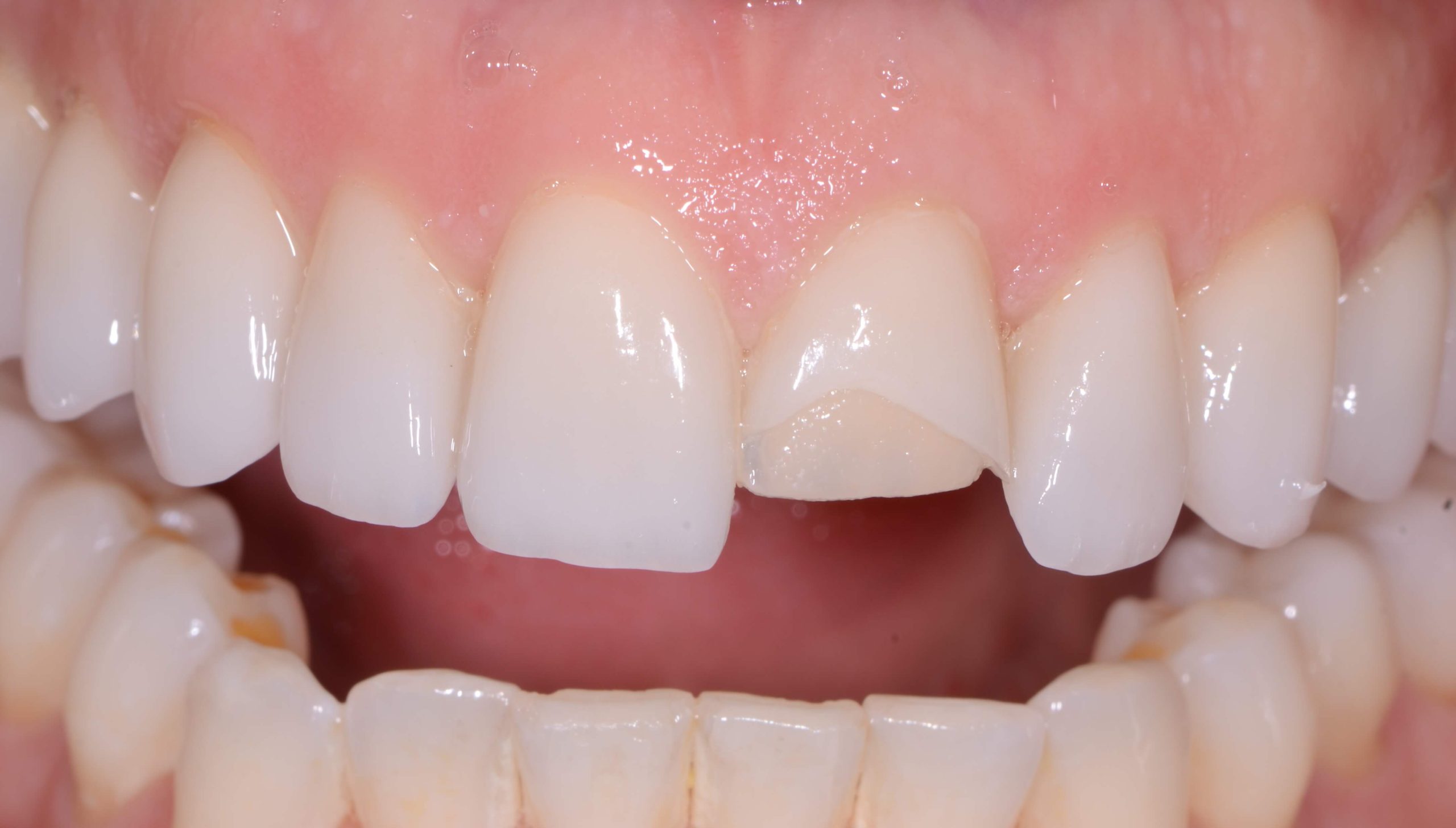
When Ceramic Debonds: Part 1
Methodical Process for Examining the Frustrating Causes
Dentistry is not solely a clinical, emotionless skillset that uses techniques to achieve outcomes. It’s also emotional, fraught with the normal human frustrations of mistakes and complications. One of the situations where I see this most frequently is when a ceramic restoration debonds.
Acknowledging and Embracing Our Emotions When Ceramic Debonds
On an average day at the dental practice, we experience the full range of human emotions: happiness, curiosity, boredom, excitement, frustration, etc. But sometimes, this is interrupted by a situation that becomes far more dramatic.
Ceramic that debonds creates a highly disconcerting scenario. It makes us feel powerless and consequently we find it difficult to resolve the issue with the full spectrum of our scientific learning.
Before we can return to ourselves and work toward a resolution, we have to acknowledge that it’s okay to be human! You cannot outrun trouble and messiness. When ceramic debonds, you’re upset and the patient is upset. The confluence of these factors leads to the struggle of regaining control over your brain’s analytic functions.
Having a plan for these types of situations, a methodical set of steps to take and questions to answer amidst the blinders of upset can help you carry out the task at hand.
Questions to Ask During a Methodical Ceramic Process
There are two initial queries in our method for sleuthing out the cause when ceramic debonds. First, we ask why the ceramic restoration came off and how we can minimize or eliminate the possibility of it occurring again.
We must also then ask: Where is the resin cement?
The process for discovering this involves examining the tooth and the internal surfaces of the ceramic through the lenses of our dental loupes. Attempting to visualize the resin is ineffective compared to scratching the surface using an explorer.
If we’ve completed this test, finding that all of the resin is attached to the tooth and a clean ceramic interface, we proceed to the next step. We must consider the process of bonding to the ceramic and whether or not the ceramic was adequately prepared.
Dental ceramics can have many different preparation requirements depending on the type. They can have different etching times, distinctive percentages of hydrofluoric acid, or can require preparation with air abrasion. Oil secreted from hands, in addition to blood, saliva, die stone, or try in paste, could have contaminated the ceramic. If it wasn’t cleaned properly, the result was marred. One step where problems are more likely is when ceramic is conditioned with silane or Monobond Plus…
You can learn about other causes in the upcoming second installment of Dr. Brady’s ‘Why Ceramic Debonds’ series. How do you feel when you face this problem? Please leave your thoughts in the comments!
Related Course
E2: Occlusal Appliances & Equilibration
DATE: May 3 2026 @ 8:00 am - May 7 2026 @ 2:30 pmLocation: The Pankey Institute
CE HOURS: 44
Dentist Tuition: $ 7500
Single Occupancy with Ensuite Private Bath (per night): $ 355
What if you had one tool that increased comprehensive case acceptance, managed patients with moderate to high functional risk, verified centric relation and treated signs and symptoms of TMD? Appliance…
Learn More>






